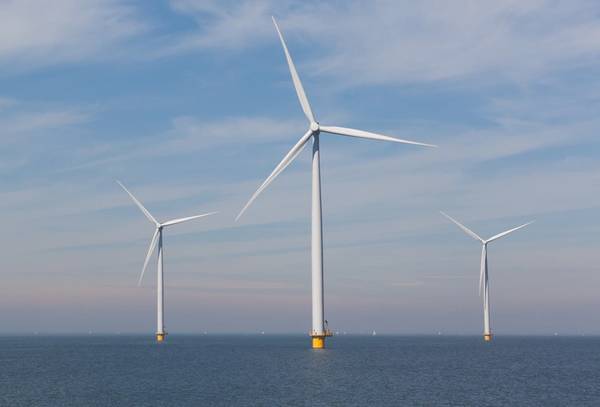
The New York State Energy Research and Development Authority (NYSERDA) announced the start of a major analytical project to understand transmission interconnections between offshore wind turbines and land-based points of interconnection (POIs). NYSERDA’s first step is a request for information (RFI) from individuals and groups likely impacted by wind energy infrastructure and activities. Maritime interests will want to give this RFI close review – and quickly because the comment period closes February 14. For details, go to this NYSERDA webpage for the text of the RFI, a four-page outline describing the nuts and bolts of the process, and a much more substantive document: a 57-page “Offshore Wind Cable Corridor Constraints Assessment Framework,” presenting the issues NYSERDA will analyze.
The Framework presents four possible “approach areas:”
For each area NYSERDA seeks information on topics ranging from marine geology, marine commercial and recreational uses, navigation and vessel traffic and water quality. With the NY Harbor approach NYSERDA notes “numerous in- and out-of-service NOAA charted submarine cables, pipelines, aqueducts, bridges, and auto and rail tunnels”.
The New York Harbor Approach includes South Bronx and Mott Haven sites designated as Significant Maritime and Industrial Areas and multiple areas referenced as Priority Marine Activity Zones. NYSERDA writes that “the feedback from stakeholders is integral to understanding the constraints, concerns, and relative risks associated with OSW undersea cables, as well as overland transmission corridors.”
[Coincidentally, on January 3, the Coast Guard announced completion of its port access route study for the northern New York Bight. Watch for further information in a future news summary.]